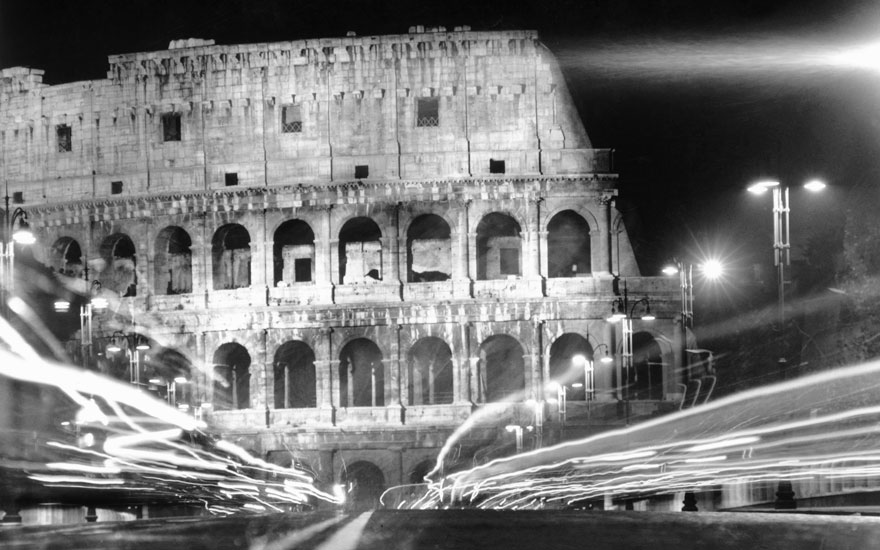Just as it had been 1,500 years earlier, when it was sacked by Alaric and his Goths, Rome in 1945 stood devastated. The city had suffered the twin ordeals of occupation by the Nazis and aerial bombardment by the Allies in the Second World War.
One need only watch a few minutes of the Italian Neorealist films from the time, by directors such as Roberto Rossellini and Vittorio De Sica, to get a sense of the poverty and struggle.
What happened next, however, was remarkable: namely, an economic, cultural and political renewal — known in Italian as Il Boom — that turned Rome into the coolest city on Earth.
A crucial factor was Marshall Plan aid from the United States, which — in a bid to save Italy from the clutches of Communism — poured billions of dollars into the country’s economy.
Industrial production grew at eye-popping speed. Where Italy manufactured 18,500 fridges in 1951, for example, that figure reached 3.2 million in 1967. Production of washing machines (such as Zanussi), cars (such as Fiat), motor scooters (such as Vespa), shoes (such as Salvatore Ferragamo) and typewriters (such as Olivetti) increased at a similar rate.
These goods catered to a newly developed consumer society at home — as well as myriad customers abroad, attracted by the sleekly elegant design of Italian brands.

